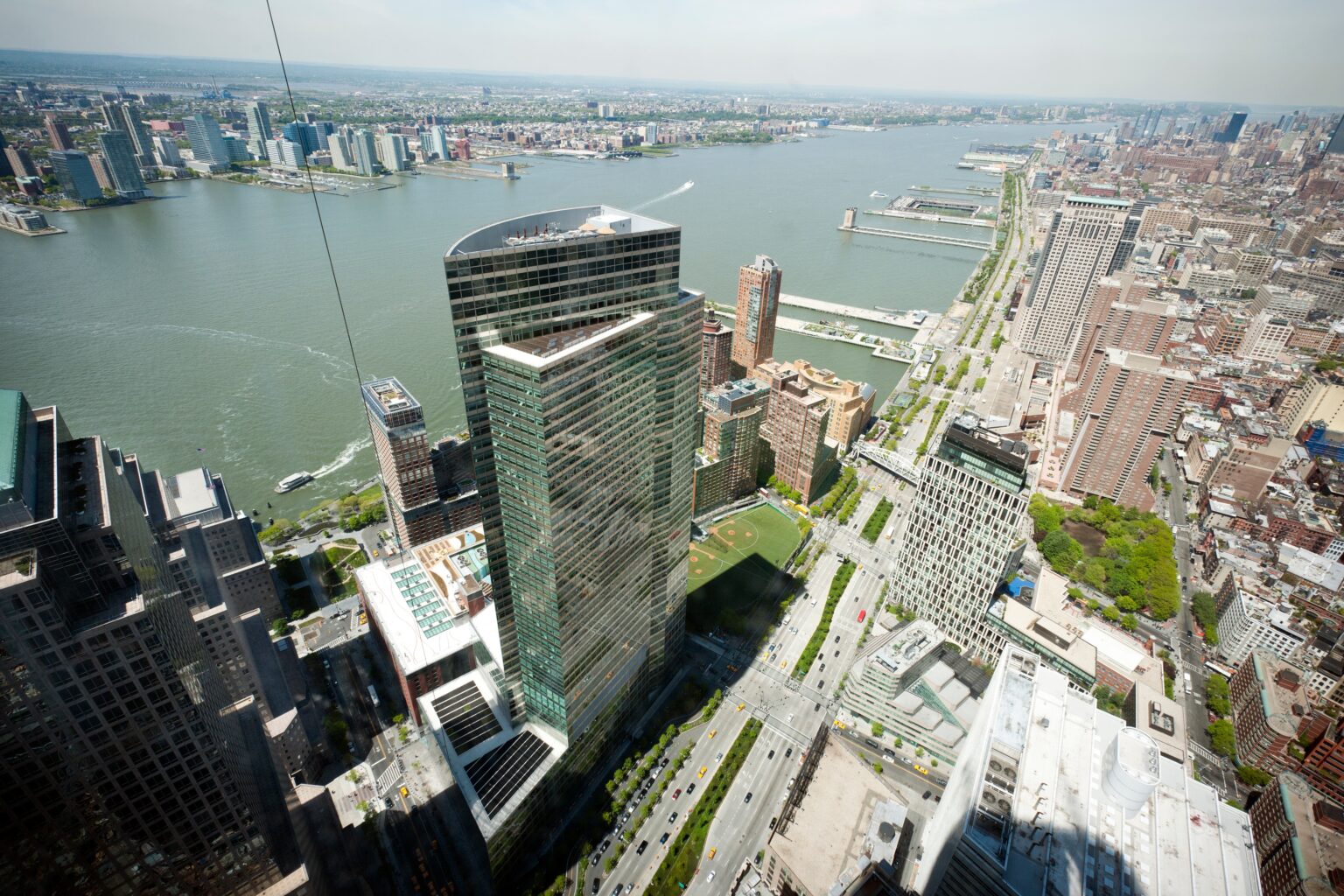Goldman Sachs, one of the world’s largest investment banks, has moved quickly to reduce its risk exposure following the latest round of U.S. tariff increases. The decision, announced shortly after President Donald Trump unveiled a series of new tariffs against major U.S. trading partners, reflects the bank’s cautious approach in the face of rising economic uncertainty. President John Waldron, who is widely considered to be in line as the firm’s next CEO, stated that Goldman Sachs began moderating its risk profile as early as April 2, as soon as it became apparent that tariff talks would escalate.
Waldron said, “We’ve been risk-managing the business to be more liquid and more nimble, reducing exposures in certain markets and asset classes in anticipation of greater volatility.” These moves came as Wall Street and investors around the globe watched “Liberation Day”—the moment Trump announced higher tariffs—usher in a new era of uncertainty for trade and financial flows.
Goldman’s response included adjusting positions in equities, commodities, and other asset classes most sensitive to global trade policy. The firm believes that by maintaining greater liquidity, it can better serve its clients and safeguard its own interests as markets react to ongoing policy shifts.
Broader Economic Consequences of Tariff Uncertainty
The recent U.S. tariff announcements have set off a wave of concern across financial markets, especially among companies and investors exposed to global supply chains. According to Waldron, the impact of the tariffs is already being felt in corporate boardrooms. “This is a very, very disruptive environment,” he commented. “We’re seeing companies rethinking capital investments, putting a pause on planned mergers and acquisitions, and even re-evaluating stock buyback programs.”
As duties ranging from 10% to 15% are prepared for a variety of imported goods, businesses are scrambling to calculate how these new costs will affect their bottom lines. Some have already started to pass the additional expenses on to consumers, raising fears of inflation and weaker consumer demand in the months ahead.
The uncertainty is also causing many multinational corporations to rethink their supply chains, exploring new sourcing options to circumvent tariffs. As a result, industries from manufacturing to technology and retail are grappling with new risks and added costs.
Financial Markets React to Increased Policy Risk
Goldman Sachs’ adjustment of its risk portfolio is being closely watched by the broader financial sector. Market analysts note that when a major institution like Goldman shifts its strategy, others often follow. Several global banks and asset managers have also reported tightening risk controls and boosting their own liquidity buffers, hoping to avoid sharp losses if market volatility intensifies.
Adding to the jitters is the growing concern over the U.S. fiscal deficit, which has ballooned in recent years. Waldron highlighted that the bond market is beginning to signal its discomfort with America’s rising debt levels—now above $36 trillion. This trend was underscored by Moody’s recent downgrade of the U.S. credit rating, a move that rattled both domestic and international investors.
Many fear that the combined impact of trade disruptions and fiscal instability could create a toxic mix for financial markets. “Policy uncertainty is the most important factor affecting markets right now,” said Waldron. “It’s influencing everything from currency valuations to long-term investment plans.”
Outlook: Resilience and Cautious Optimism
Despite the mounting challenges, Waldron expressed confidence in the fundamental strength of the U.S. economy. He pointed to continued job growth and robust consumer spending as reasons to believe that a recession is not imminent. “We are not calling for a recession,” he said. “The underlying data still look solid, but the risks have clearly increased.”
For now, Goldman Sachs plans to maintain its conservative approach, focusing on risk management and client service. Other financial institutions are likely to follow suit as the global economy navigates the ongoing trade and policy storms.
As uncertainty continues to shape the outlook for the rest of 2025, investors and policymakers alike will be watching closely for signs of further market stress—and for signals from major players like Goldman Sachs about how best to adapt.


